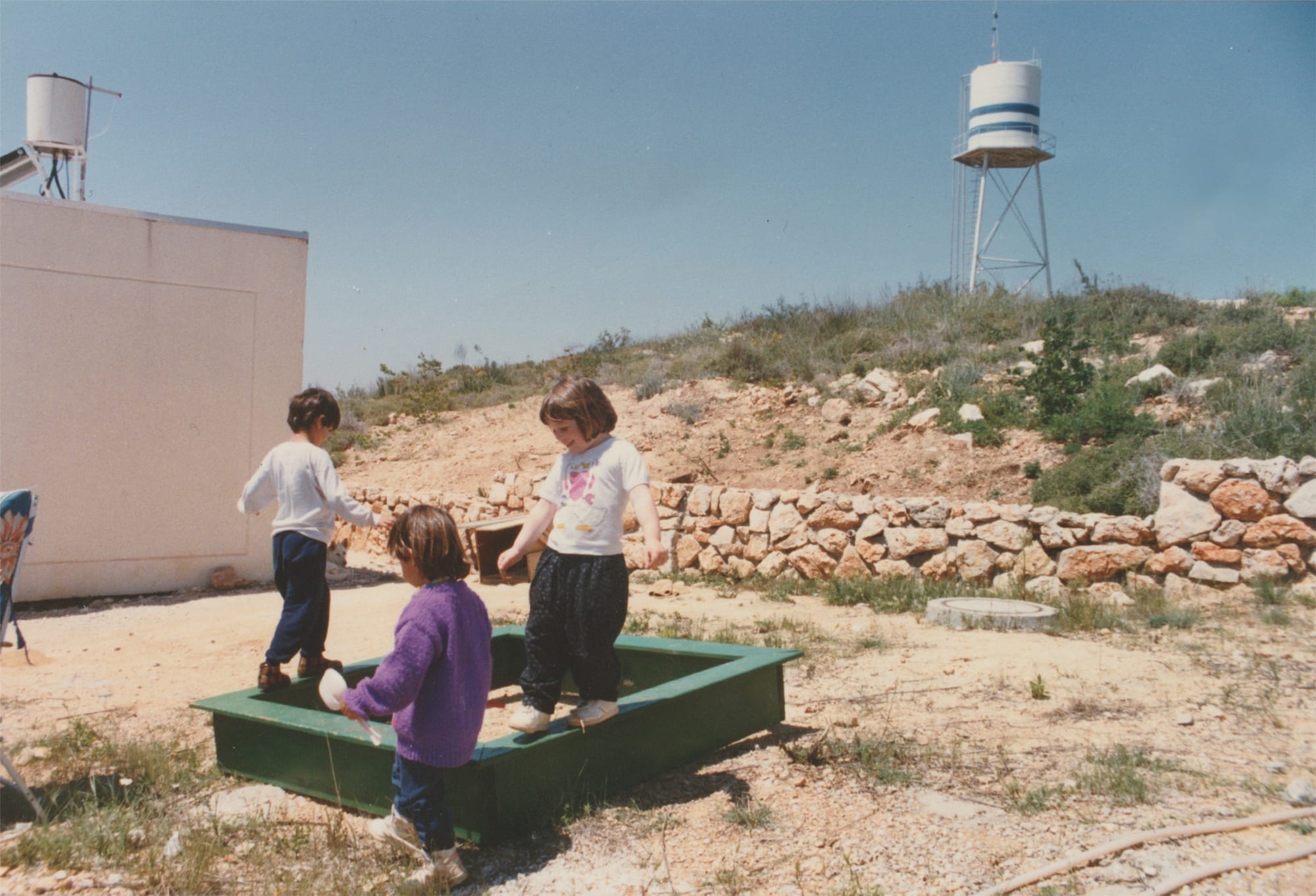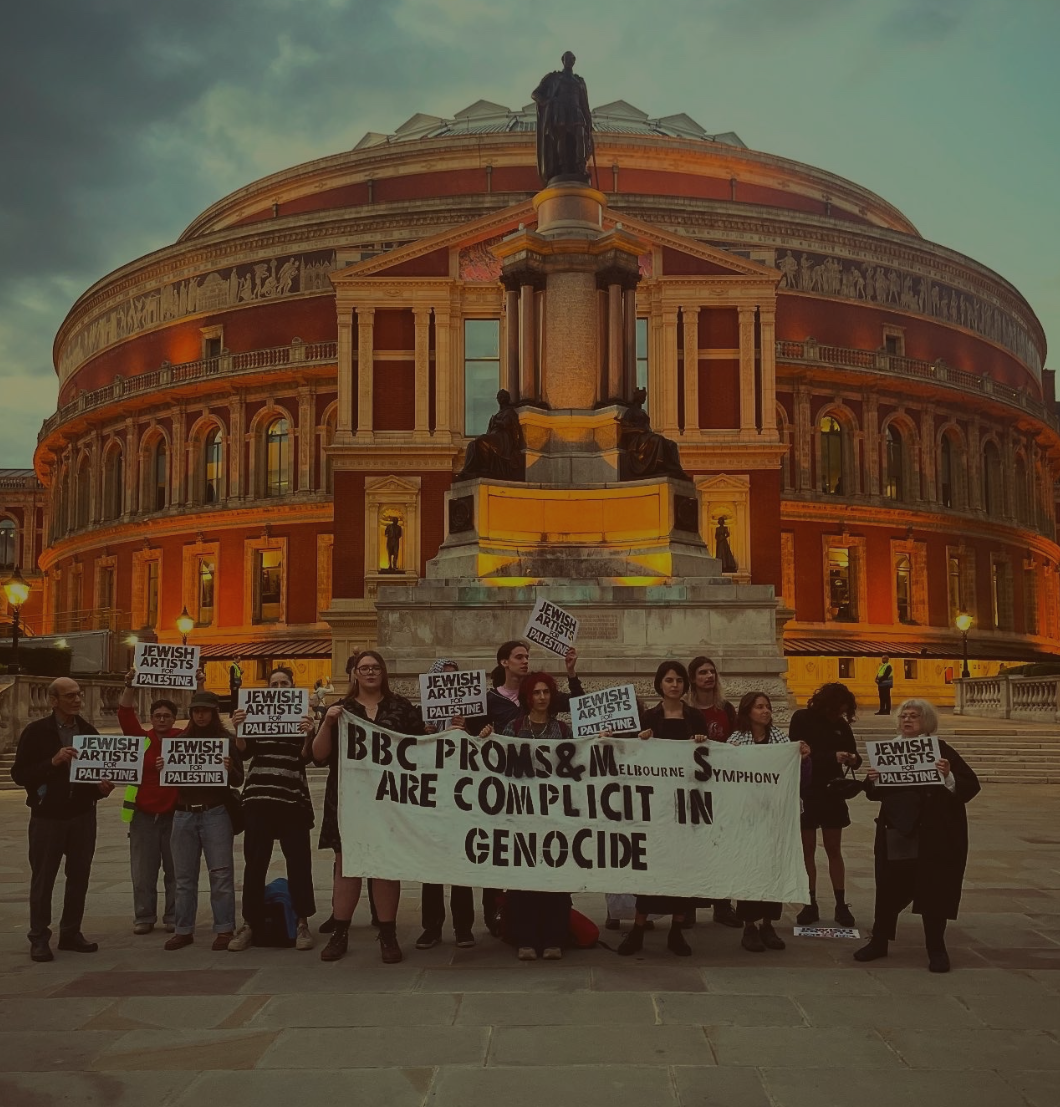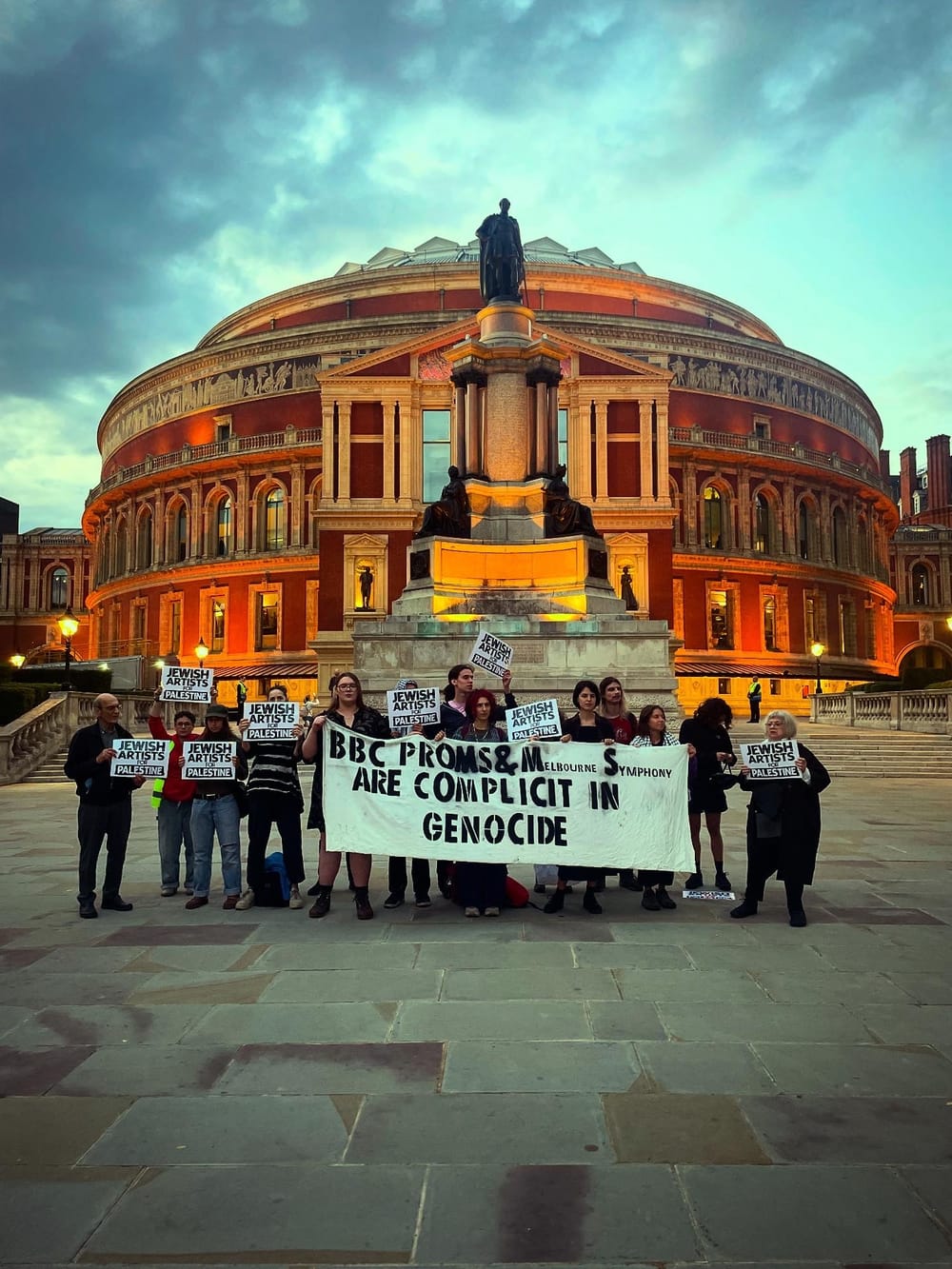
The Galilee is often depicted as a sanctuary of rolling hills and ancient olive groves. Among Israelis, the land's natural beauty is intertwined with its reputation for mythical healing powers: ads for spiritual retreats dot local message boards, promising to bring balance to fractured lives. The region is alive with the rhythm of vipassana meditation courses, inner-voice singing circles and aura-cleansing therapies.
Healing, it seems, is the currency of this land and the key to its flourishing domestic tourism. Visitors from across the country flock to this serene corner, seeking to escape the chaos of their lives and find the answers they think are written in the trees, the air, and the mountains. Everyone here seems to be searching for a cure to a pain they can't – or won't – name.
In Hararit, a village perched on a hilltop with sweeping views of the Galilee, spirituality and nature are seamlessly woven together. The first residents structured their lives around meditating thrice daily to harmonise their inner worlds with the natural landscape. Today, visitors can partake in carefully curated retreats, including yoga, ecstatic dance and sunrise hikes.
A short 10-minute drive from Hararit lies Yodfat, Israel's first "spiritual settlement". Yodfat's origins trace back to a group of students in Haifa who, in the 1950s, explored mystical Jewish teachings. Over time, their focus shifted to the Fourth Way, a spiritual philosophy that seeks to "wake people up" from the existential slumber that afflicts all humanity. Yodfat's founders were committed to living a life of mindful awakening, incorporating rigorous self-discipline, meditation and communal living.
Today, Yodfat has evolved into a bustling hub of mindfulness and self-improvement. The tight-knit collective of its early days has given way to a flourishing economy of spiritual entrepreneurs. Small businesses and practitioners offer a range of experiences, from "finding inner peace" through circular breathing to "reconnecting with ancient wisdom" via natural cosmetics and aromatherapy.
In Amirim, a vegetarian moshav that prides itself on being organic and pesticide-free, farm-to-table meals are paired with chakra-balancing treatments. And in every village shop along the picturesque roads, local olive oil is marketed as liquid gold, a piece of this tranquil land to take home. These communities embody a particular vision of the Galilee, steeped in spiritual doctrine, natural beauty, and a carefully curated sense of peace.
I know this vision well. I grew up here, surrounded by its rhythms and rituals. My earliest memories are of the aroma of za'atar and pita bread cooked on a saj during school outings; of sitting in classrooms named after olive trees; and of learning to identify edible plants in the wild. My family home was like many others, decorated with symbols of imagined "Eastern" authenticity: woven rugs, Hamsas, incense and hookah shared among friends. Conversations often revolved around spiritual growth and inner peace. The word “healing” was always present, whispered like a prayer. Everybody I knew meditated, burned sage and spoke of enlightenment.
And yet, I often felt there was something unsaid, something missing. Healing, they would say, comes from within. Release your pain, let go of your trauma. But, I wondered – What pain? What trauma? And why was everyone here so desperately in need of healing?
Flower-power settler colonialism
The paradisiacal Galilee carries the weight of history. Most of its Jewish residents arrived in the 1980s as part of the Judaisation of the Galilee programme, a colonial initiative by the Israeli government designed to tilt the region's demographic balance, which at the time had a 70% majority Palestinian population. Even after the ethnic cleansing operations of 1948 and the draconian laws that severely restricted Palestinian residential expansion, the Galilee was still considered a "problem area" by the Zionist project.
The programme's goal was to avoid a “territorial overtaking” by Palestinians – or, in today’s Hebrew parlance, to show them who the ba’al habayit (“lord of the land”) is. As part of its execution, the government expropriated 6,300 dunams (6.3 km sq) of Palestinian land in the Galilee, triggering strike actions and protests that evolved into the first Land Day, where six unarmed protesters were killed by Israeli forces. Their deaths were a clear message: even peaceful Palestinian resistance would be met with violence. My parents' generation knew this history, even if they rarely spoke of it. They moved to the Galilee in the years after, lured by affordable housing and a chance to live close to nature, and helped make the state's demographic vision a reality.
They didn't see themselves as Zionists, at least not explicitly. They thought of themselves as liberals who believed in coexistence. When friends or family visited, admiring the landscapes and spacious gardens, they would ask a bit enviously, "And how's life with our cousins?" – a euphemistic term for Palestinian citizens of Israel that carries a patronising edge, referring to the biblical Esau who traded his birthright to his cousin Yaakov for a bowl of lentil stew. The response was always the same: "We live very well together, in coexistence." As if the Galilee's Palestinians – barred from residing in the gleaming new settlements but permitted to build them and serve hummus to their inhabitants – were equal partners in this imagined utopia of shared living.
I sensed the contradiction in this even as a child. When I asked why the Arab kids (Palestinian citizens of Israel are always referred to as “Arabs”) from nearby villages didn't go to our schools or play in our playgrounds, the answers were always vague. “They have their own schools,” people would say.
In our school, we learned about the ruins scattered across the hills. The teachers would point out crumbled stone walls and say, "These are the remains of an Arab village. The residents abandoned it in 1948." I accepted these words as fact, never questioning why they left or where they went. It wasn't until later that I learned that those ruins we passed on school trips weren't relics of the past – they were ghosts of lives erased to make room for us, and no amount of herbal remedies could exorcise them.
And then, in October 2000, during the Second Intifada, the illusion of coexistence shattered. Protests broke out in Palestinian localities across Israel, including the Galilee, in solidarity with Palestinians in the West Bank and Gaza. Twelve Palestinian citizens of Israel were shot and killed by police while protesting in the streets, six of them in the Galilee alone.
I remember how the mood in our community shifted during those days. Fear, anger and resentment filled the air. People spoke in hushed tones about the protests, but not about the root causes – only about the "threat" to our safety. The same people who claimed to believe in equality suddenly spoke with bitterness and fear, referring to their neighbours as a threat. Soldiers patrolled our streets, and we were told not to visit the Arab villages. The narrative shifted effortlessly: from neighbours to enemies, coexistence to defence.
As I grew older, I saw how deeply embedded this hypocrisy was in high school friends, the children of these supposedly enlightened settlers. Like our parents, we sat on rugs under the stars, smoked hookah and talked about peace, war and injustice as though these were abstract concepts rather than the very ground we stood on. None of them had any qualms about their upcoming military service; they joined the army not out of nationalism, they insisted, but to "change it from within" and make it "more moral."
The arrogance of it was breathtaking. They dismissed me when I challenged them and pointed out the gap between their words and actions. “You're too idealistic,” they would say. “You don't understand how the world works.” They didn't see their participation in the army as a betrayal of their values, but rather as another form of healing: a way to "fix" the system.
The truth is, the Judaisers of the Galilee didn't want to heal anything – they wanted to feel good about themselves without confronting the harm they caused. They wanted to believe they were different from settlers in the West Bank, that their presence in the Galilee was benign, even virtuous. That it wasn't part of the same colonial project, the same system of displacement and erasure.
They liked to call themselves progressive, but their lives were built on the same theft and violence. They harvested olives from trees that weren't theirs and sold oil made from stolen fruit, calling it a symbol of peace. Their spirituality wasn't a path to enlightenment; it was a shield to avoid confronting the oppression they were complicit in.
The Galilee is a paradox. It offers peace, yet is born from blood. It promises healing, yet refuses to name its disease. Until the land's Arabic names are restored, until the olive groves are tended by their rightful owners, until the structures of oppression are dismantled, the Galilee will remain an open wound. Its beauty will be a façade, its peace an illusion. And so, the search for serenity continues, even as the land whispers the truth: no healing is possible without justice.▼
Yarden Gur is a writer and anti-Zionist activist living in London.
Author
Sign up for The Pickle and New, From Vashti.
Stay up to date with Vashti.



